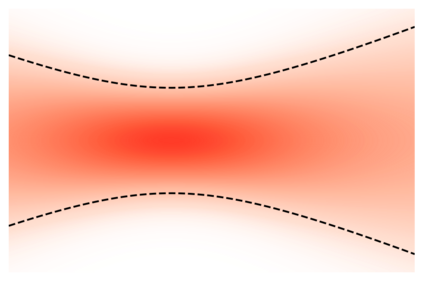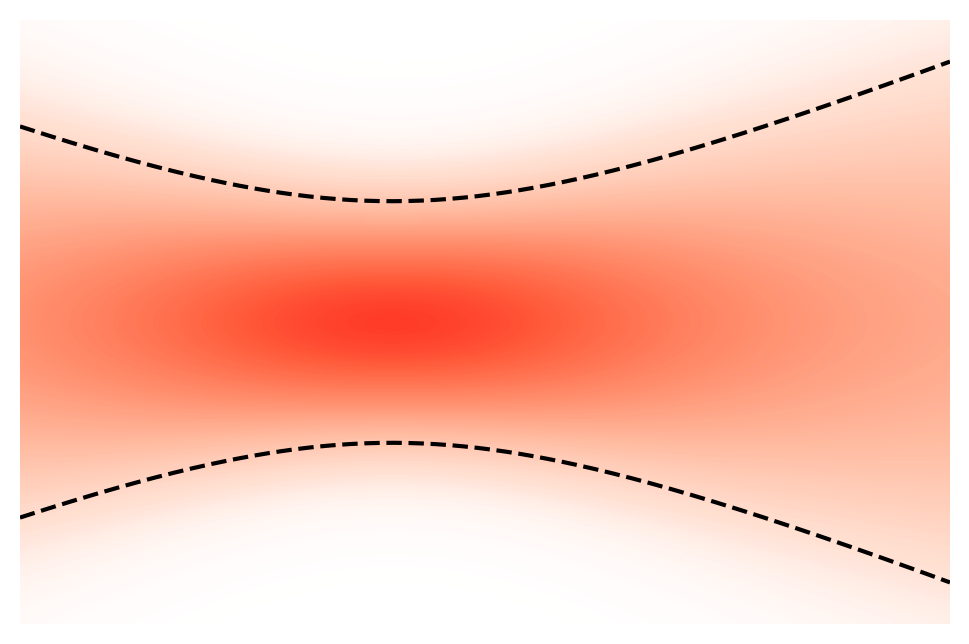Beam parameter optimization in accelerators involves multiple, sometimes competing objectives. Condensing these individual objectives into a single figure of merit unavoidably results in a bias towards particular outcomes, in absence of prior knowledge often in a non-desired way. Finding an optimal objective definition then requires operators to iterate over many possible objective weights and definitions, a process that can take many times longer than the optimization itself. A more versatile approach is multi-objective optimization, which establishes the trade-off curve or Pareto front between objectives. Here we present the first results on multi-objective Bayesian optimization of a simulated laser-plasma accelerator. We find that multi-objective optimization reaches comparable performance to its single-objective counterparts while allowing for instant evaluation of entirely new objectives. This dramatically reduces the time required to find appropriate objective definitions for new problems. Additionally, our multi-objective, multi-fidelity method reduces the time required for an optimization run by an order of magnitude. It does so by dynamically choosing simulation resolution and box size, requiring fewer slow and expensive simulations as it learns about the Pareto-optimal solutions from fast low-resolution runs. The techniques demonstrated in this paper can easily be translated into many different computational and experimental use cases beyond accelerator optimization.
翻译:在加速器中实现最佳客观的参数优化需要多重、有时是相互竞争的目标。 将这些个别目标压缩成一个有价值的单一数字,必然导致偏向特定结果, 通常缺乏先前的知识, 通常不理想的方式。 找到一个最佳的客观定义, 然后要求操作员超越许多可能客观的权重和定义, 这个过程可能比优化本身花费的时间要长很多倍。 多功能化的方法是多目标优化, 从而在目标之间建立取舍曲线或Pareto前方。 我们在这里介绍模拟激光成像加速器的多目标巴耶斯优化的第一批结果, 其结果不可避免地偏向于特定结果。 我们发现, 多目标优化达到与单一目标对等的类似性能, 同时允许对全新目标进行即时的评估。 这大大缩短了为新问题找到适当客观定义所需的时间。 此外, 我们的多目标、多功能化的方法可以缩短优化运行的时间, 以一个数量级的顺序来决定。 通过动态选择模拟分辨率和框尺寸, 需要更慢和昂贵的模拟模拟模拟模拟模拟模拟模拟模拟, 因为它需要减少速度和费用的模拟模拟, 能够从快速的纸质优化操作中学习到这个快速的实验模型, 。 能够从多读取的实验中, 。
























